Prewiring a house. What cables and where to run them?
tulips33
10 years ago
Featured Answer
Sort by:Oldest
Comments (28)
zone4newby
10 years agolast modified: 9 years agoworthy
10 years agolast modified: 9 years agoRelated Professionals
Charleston Architects & Building Designers · Palos Verdes Estates Architects & Building Designers · Vancouver Architects & Building Designers · Farmington Home Builders · Saint Petersburg Home Builders · Westmont Home Builders · Barrington General Contractors · Belleville General Contractors · Cape Girardeau General Contractors · Hagerstown General Contractors · Kyle General Contractors · Randolph General Contractors · Ravenna General Contractors · Redan General Contractors · Westchester General Contractorstulips33
10 years agolast modified: 9 years agotulips33
10 years agolast modified: 9 years agosriguduri
10 years agolast modified: 9 years agobdpeck-charlotte
10 years agolast modified: 9 years agotulips33
10 years agolast modified: 9 years agotulips33
10 years agolast modified: 9 years agojc_ufl
10 years agolast modified: 9 years agoLawPaw
10 years agolast modified: 9 years agotulips33
10 years agolast modified: 9 years agobdpeck-charlotte
10 years agolast modified: 9 years agotulips33
10 years agolast modified: 9 years agoLawPaw
10 years agolast modified: 9 years agoHappydoc
10 years agolast modified: 9 years agopbx2_gw
10 years agolast modified: 9 years agoace_
10 years agolast modified: 9 years agocfvh
10 years agolast modified: 9 years agotulips33
10 years agolast modified: 9 years agocfvh
10 years agolast modified: 9 years agobdpeck-charlotte
10 years agolast modified: 9 years agoMFatt16
10 years agolast modified: 9 years agoLawPaw
10 years agolast modified: 9 years agoibewye
10 years agolast modified: 9 years agotulips33
10 years agolast modified: 9 years agoace_
10 years agolast modified: 9 years agoibewye
10 years agolast modified: 9 years ago
Related Stories

GREAT HOME PROJECTSPower to the People: Outlets Right Where You Want Them
No more crawling and craning. With outlets in furniture, drawers and cabinets, access to power has never been easier
Full Story
LANDSCAPE DESIGNThe 7 Best Plant Types for Creating Privacy and How to Use Them
Follow these tips for using different kinds of plants as living privacy screens
Full Story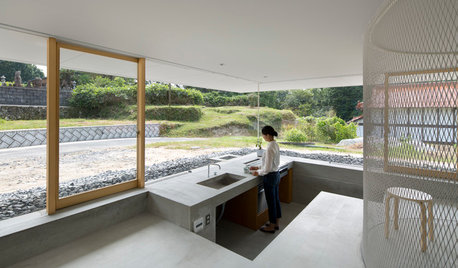
ARCHITECTUREWorld of Design: 10 Homes That Lap Up the Landscape Around Them
As building techniques develop, architects all over the globe are finding new ways — and new places — to integrate houses with nature
Full Story
REMODELING GUIDESWhere to Splurge, Where to Save in Your Remodel
Learn how to balance your budget and set priorities to get the home features you want with the least compromise
Full Story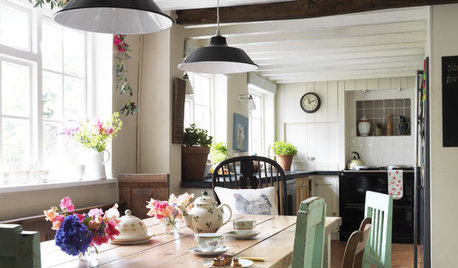
MOST POPULAR4 Obstacles to Decluttering — and How to Beat Them
Letting go can be hard, but it puts you more in control of your home's stuff and style. See if any of these notions are holding you back
Full Story
HOUSEKEEPINGWhat's That Sound? 9 Home Noises and How to Fix Them
Bumps and thumps might be driving you crazy, but they also might mean big trouble. We give you the lowdown and which pro to call for help
Full Story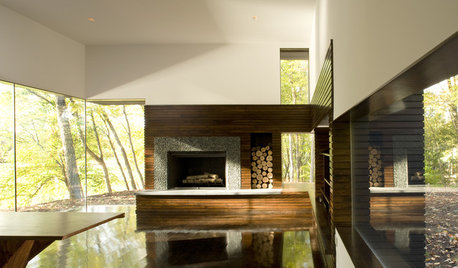
HOW TO PHOTOGRAPH YOUR HOUSEDesign Photography: Hey, Where's the Furniture?
Showing rooms without furniture draws attention to the shapes and materials in a space
Full Story
PAINTINGWhat to Know About Milk Paint and Chalk Paint — and How to Use Them
Learn the pros, cons, cost and more for these two easy-to-use paints that are great for giving furniture a vintage look
Full Story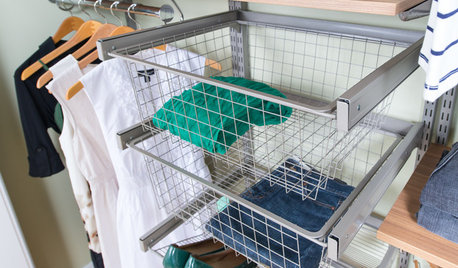
CLOSETSHow to Store Your Clothes to Keep Them Looking Good Longer
Here’s what clothes to fold, what to hang and how to stash your off-season stuff
Full Story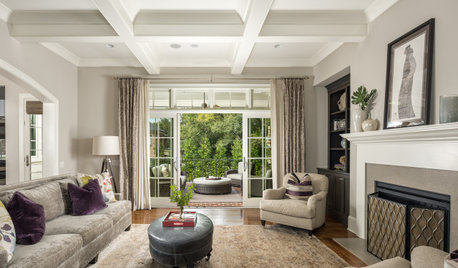
DECORATING GUIDES11 Area Rug Rules and How to Break Them
How big should an area rug be? These guidelines will help you find the right size and placement
Full Story





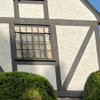


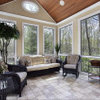
J M